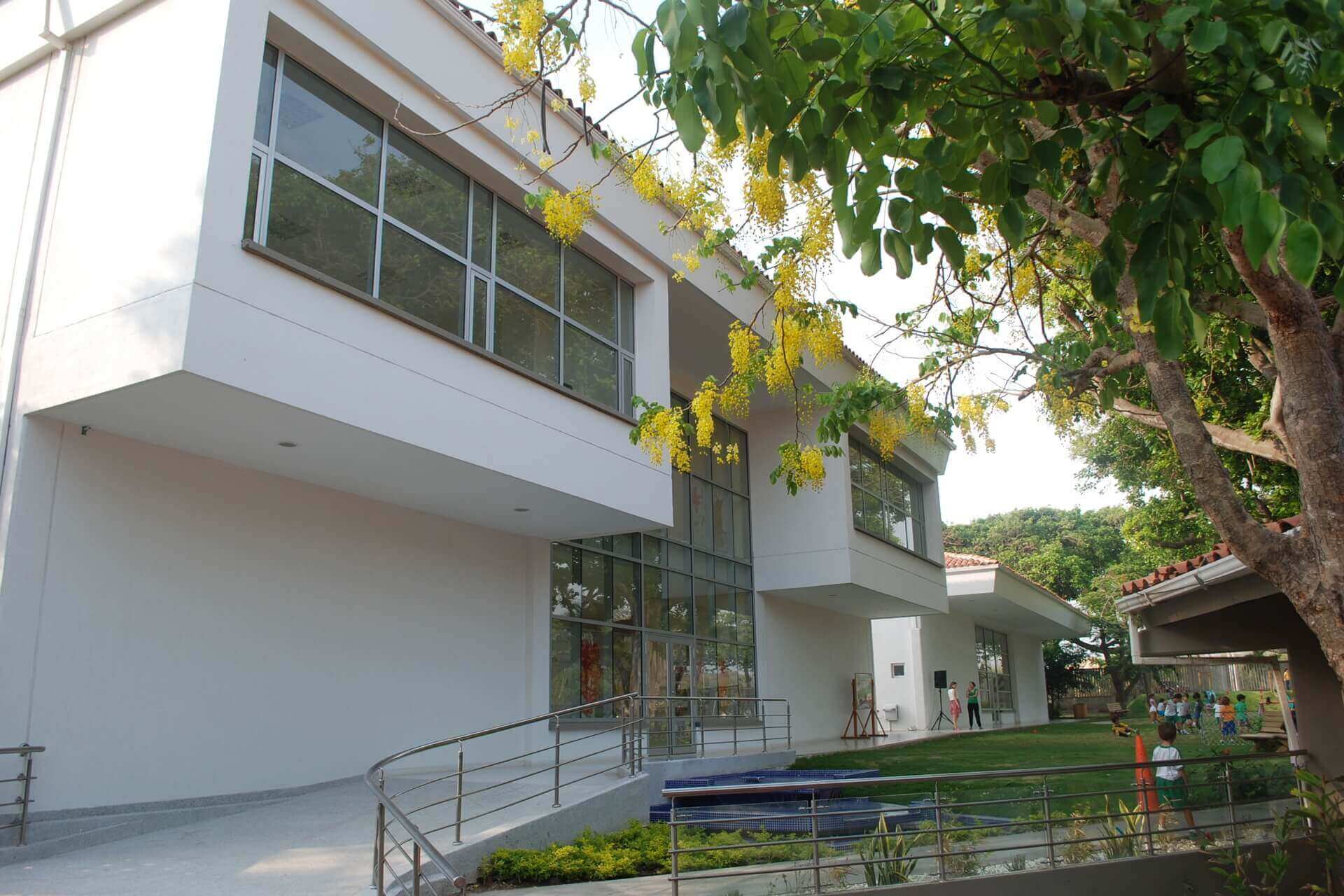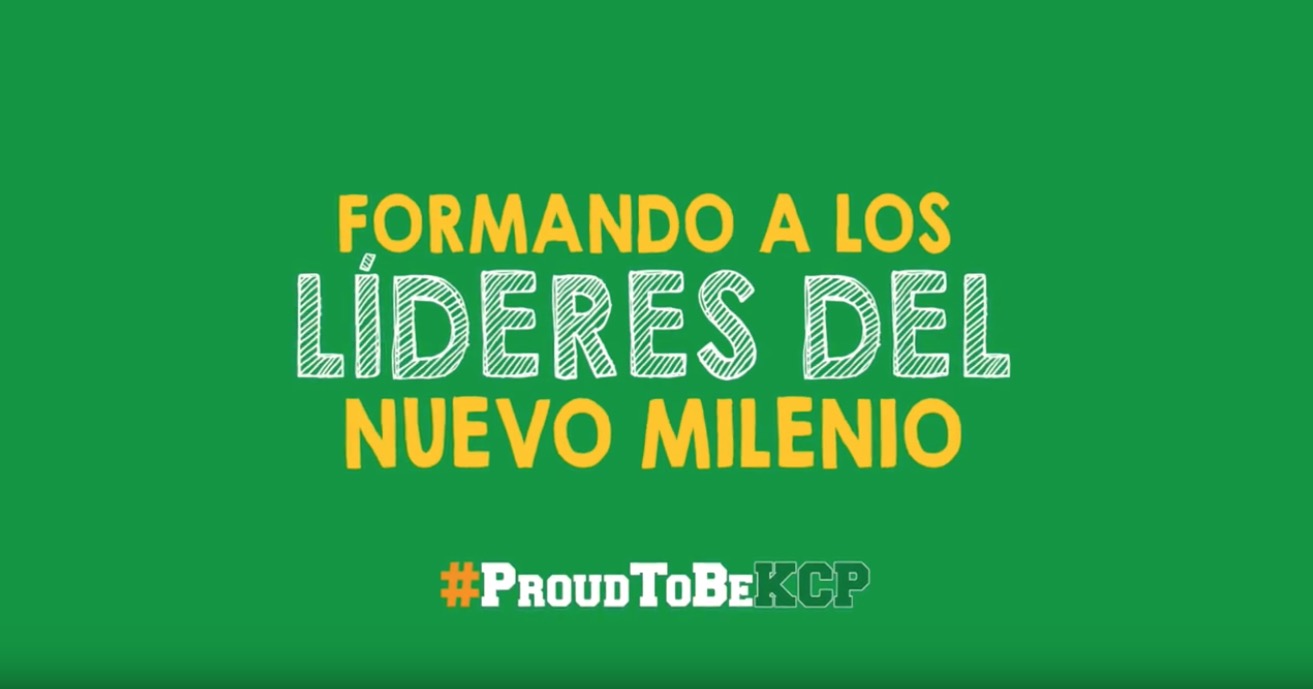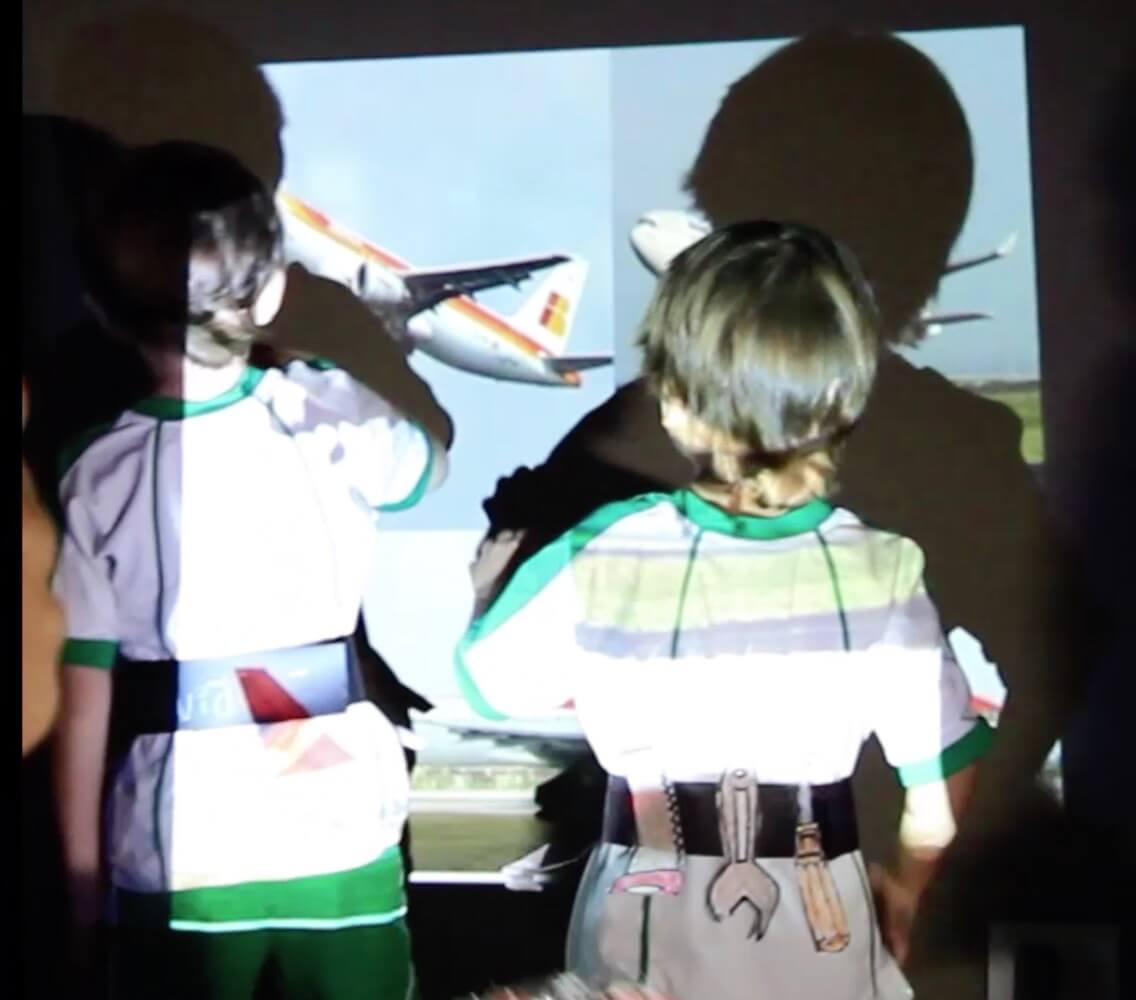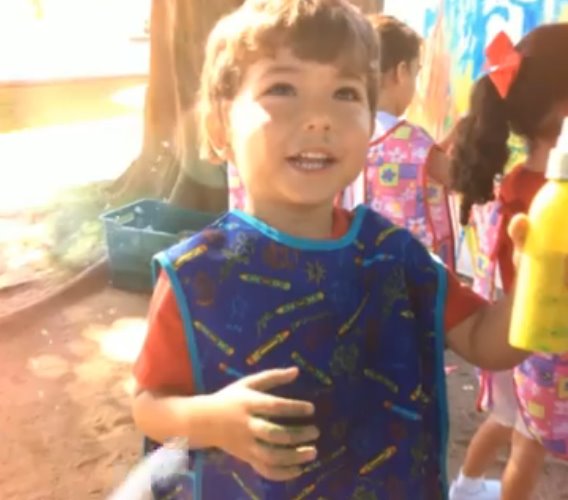The Hundred Languages of Childhood
We planted the seeds of our Reggio-inspired program in 1997, turning classrooms into workshops and engaging our youngest students and their parents in projects that fire their young minds with a love of learning and discovery. The environment supports the program with highly attractive areas filled with educational stimuli and aesthetically-pleasing elements.
Today, educators from around Colombia and other Latin American countries visit us to learn from KCP’s Preschool program, confirming a reputation of excellence that continues to inspire other educators.
At KCP we firmly believe in the positive results of the Reggio Emilia philosophy, which leads us to see each child as a capable, competent being, full of resources to act upon their environment. Teachers in our Reggio classroom encourage children to be producers of culture and not merely passive recipients of packaged cultural concepts. Thus they will become constructive participants in the social life of their environment.
Children are the living messages we send to a time we will not see
Neil Postman
Basic Principles
The Reggio Emilia philosophy is based upon the following set of principles:
Children must have some control over the direction of their learning
Children must be able to learn through experiences of touching, moving, listening, and observing
Children have a relationship with other children and with material items in the world and they must be allowed to explore
Children must have endless ways and opportunities to express themselves
Reggio Emilia in KCP
Our Preschool Environment
the Reggio Emilia approach for early learning in KCP
Completed in 2014, the Atelier is a special space used by the entire Preschool to practice the Reggio Emilia approach for early learning. It contains all the resources and materials to let creativity fly and encourage a continuing showcase for all types of personal expression.

Loris Malaguzzi, founder of the Reggio Emilia educational philosophy, wrote a poem about the many languages of children:
… The child has a hundred languages, a hundred hands, a hundred thoughts.
A hundred ways of thinking, of playing, of speaking…
This short passage refers to the multiple ways in which children express themselves through drawing, modeling, discussing, building, sculpture, and discovery, among others. Our teachers are constantly creating environments in which children can apply all these hundred languages to learn.
Want to know more?
Discover all of our teaching philosophies and how we implement them throughout the school.
We strive for a better future!



